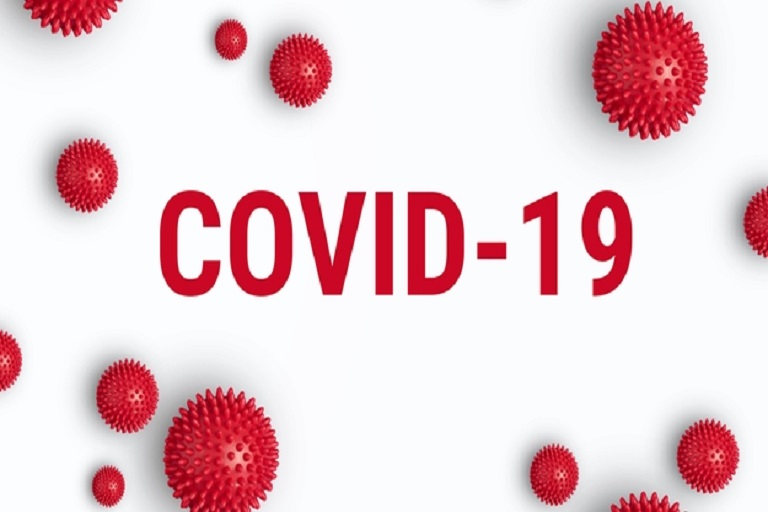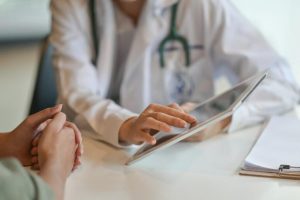We have been watching the statistics for more than weeks now. We watch with a sense of disbelief, horror, sorrow, hope, disgust, and impatience. We hear about the number of tests performed, positive tests, negative tests, confirmed cases, number of individuals who have recovered, and deaths. We have heard new terms like social distancing, flattening the curve and second wave. We hear statistics from the Centers for Disease Control, Johns Hopkins, our state public health departments and the World Health Organization.
We also hear what we must do to defeat the virus. The “weapons” according to renowned infectious disease specialist Jim Yong Kim, one of the founders in Partners in Health are described in his recent article in the New Yorker. The five weapons to combat this, and any pandemic, are social distancing, testing, contact tracing, isolation and treatments. But one of the weapons I think that he missed is accurate, timely data.
How can we know if social distancing is working, when it can be relaxed, the real number of infected individuals, and how to contact trace, or who to isolate or treat if we do not have accurate and timely test results and diagnoses? To protect health care providers, it is vitally important to know if someone who walks into their clinic has ever tested positive for COVID-19 at the emergency room, a local hospital, or even at a drive through testing site.
You may be shocked to learn that even though nearly all hospitals and doctors use electronic systems in their facilities, unless those providers choose to connect to a health network such as a health information exchange, that information is not routinely shared. They may have one or two connections to other providers, but the data is not shared with all providers who treat that patient. You might also be surprised to hear that the data collected for all the public health statistics, like lab results, are not shared with all the patient’s doctors or sent to the health information exchange.
To understand how we could improve physician access to accurate and timely data we should describe health information exchanges. HealtHIE Nevada is the private non-profit technology organization that runs the state-wide health information exchange in Nevada – a highly secure and private network that addresses the gap of sharing medical information that currently exists between hospitals, doctor’s offices, nursing homes, laboratories, imaging centers and all other health care organizations on patients that they have in common.
Think of an HIE as a type of health care public utility. For example, if you were recently admitted to a local hospital with a diagnosis of COVID-19? After you recover and during your discharge you would be instructed by hospital staff to get another X-ray at the imaging center and schedule a follow up visit with your primary care provider.
If the hospital, imaging center, and primary care provider were all connected to an HIE then when you went to your follow up visit with your PCP the lab results, medications, and doctor notes from your hospital stay plus your X-ray would be readily available to your PCP. Access to all this information improves the quality of care, ensures that medications are accurate, and reduces the chance that the PCP would need to repeat tests thus saving you money on deductibles and copays.
So why aren’t all hospitals, doctor’s offices and all other health care organizations in the state connected to the HIE? And why aren’t the public health network and the HIE connected? The answer lies in state and federal regulations, public policy, and the way we pay for health care.
Except for a handful of states, regulations do not require providers, hospitals, and other medical facilities to share data with their statewide HIE network. Some of these facilities allow doctors who are not affiliated with their organization to access their data, but these are singular connections from one facility to another and either require the provider to login to a portal or only share data between the two facilities; hardly a network of all providers.
The way we pay for health care also creates barriers to sharing data among providers who are treating a patient. Most health care organizations are still paid only when they perform a service for the patient. They are not reimbursed to share their data with other providers, and thus they have little incentive to share data. Even though almost all providers have electronic health records systems, their vendors charge them an additional fee to develop the software interface to send data to the HIE.
This fee can be significant, often around $5000 or more. Plus, to sustain our HIE we also charge providers a subscription fee of $25 per provider per month. While the clear majority of providers want to do the right thing and share medical data, the paradox they face is that when they pay to share their information, the value accrues to someone else. They will only derive value themselves if everyone else also pays to share their data.
At the federal level, regulations have created a network for public health called the National Notifiable Diseases Surveillance System, or NNDSS. This system, coupled with regulations from the Centers for Disease Control require that providers, hospitals, and labs send data to their state or local health departments. Even though it is not mandatory, all states send medical information and lab results for notifiable diseases and conditions on to the CDC for public health reporting and analysis.
The CDC maintains a list of these notifiable diseases and conditions and revises it periodically. While this system is crucial to public health, it has been designed to be a “private network” with a limited scope of what it collects. This system does not share data with the entire medical community. If a doctor orders a COVID-19 lab test on one of their patients, the doctor would get the lab result and it would be sent to the NNDSS system. But if that patient later developed worsening symptoms and ended up in the emergency room, those doctors would not have access to the lab results unless both the original provider and hospital were connected to the HIE.
And the data won’t be collected by NNDSS unless the disease or lab test is on the notifiable list in advance. Because COVID-19 was novel (brand new) it was not a notifiable disease, so data weren’t collected by NNDSS until the outbreak was well underway. Both issues could be avoided if the data first were sent by the lab into the HIE, making this data available to all treating providers and then to the NNDSS system.
Out of this crisis we will likely see more funding for public health, medical readiness, stockpiling of personal protective equipment and other measures to assist our courageous front-line health care workers and our public health system. All of these are important areas that we must fund as a nation.
But we must also change our thinking that often views public health as separate from the rest of our healthcare system. Local and state governments and the federal government have created this silo of health data, but the information in that silo is not connected to the greater healthcare system through our statewide HIE. If this was to occur, then treating providers would have access to COVID-19 test results and so much more information to provide needed care faster. If new investments in public health just create bigger and better silos of information we will have missed the mark on really improving our healthcare system.
Instead let’s invest in an interoperable health data system that connects all providers, hospitals, nursing homes, insurance companies, state and local governments, public health, and patients who need access to medical records. Let’s create public policy that requires that all healthcare providers, labs, imaging centers, and all other healthcare organizations send their data to our state-wide health information exchange system so that it can be securely shared with those providers who need it. And by all means let’s fund that system so when the next medical crisis occurs we will have data ready to combat the crisis.




















